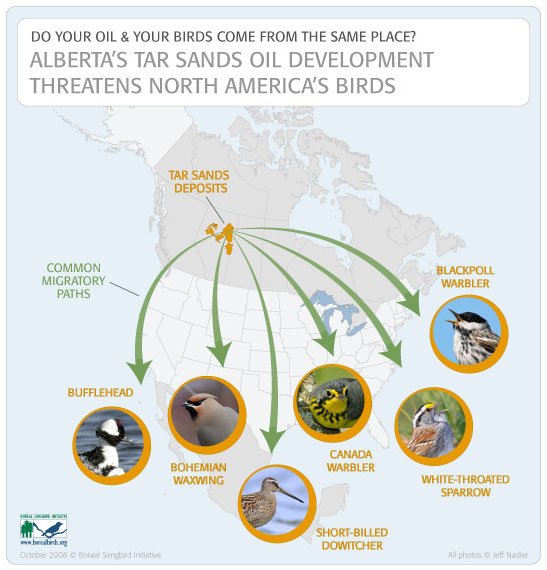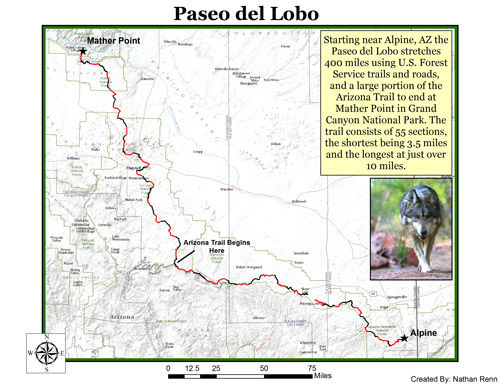You should read the entire blog entry, which strengthens my conviction that this pipeline — and the strip-mining that goes with it — must be stopped. Canada, how could you even consider this? peace, mjh
10,000 Birds | What does the Keystone XL Pipeline have to do with Birds?
All four major flyways in North America — the aerial migration routes traveled by billions of birds each year — converge in one spot in Canada’s boreal forest, the Peace-Athabasca Delta in northeastern Alberta. More than 1 million birds, including tundra swans, snow geese and countless ducks, stop to rest and gather strength in these undisturbed wetlands each autumn. For many waterfowl, this area is their only nesting ground2.
About three billion birds fly north to the Boreal Forest each spring to build nests and lay eggs. These birds arrive in the Boreal Forest after spending the winter in South and Central America, Mexico, the Caribbean, and the United States. From the Boreal Forest Fact Sheet:
- 325 bird species – that’s almost half of all the bird species in North America! – depend on the Boreal Forest.
- About 3 billion of North America’s landbirds, 26 million of its waterfowl, and 7 million of its shorebirds breed here.
- There are nearly 100 species of which 50% or more of the entire population breeds in the Boreal Forest.
- Up to 5 billion birds – adults and their new babies – migrate south from the Boreal Forest each fall.
Back in 2008, the National Resources Defense Council (NRDC) wrote a report titled “Danger in the Nursery: Impact on Birds of Tar Sands Oil Development in Canada’s Boreal Forest†which covers various ways tar sand development affects bird populations including:
- Habitat loss
- Trailings ponds and oiled birds
- Fragmentation of habitat from drilling
- Water withdrawals
- Air and water toxins
- High emissions and climate change
10,000 Birds | What does the Keystone XL Pipeline have to do with Birds?
























